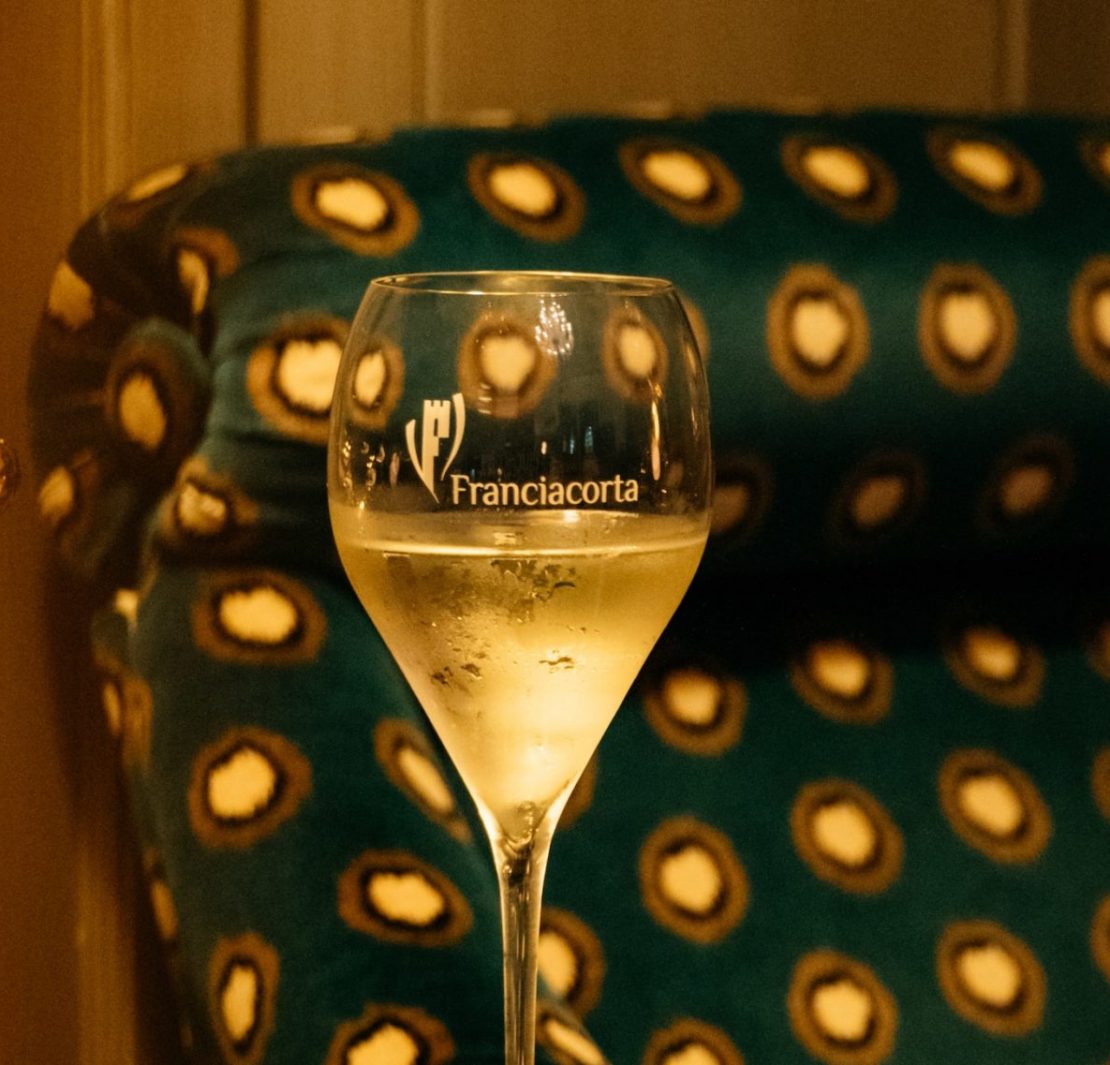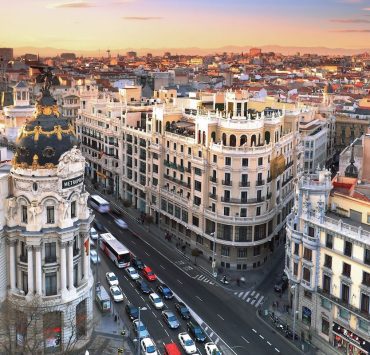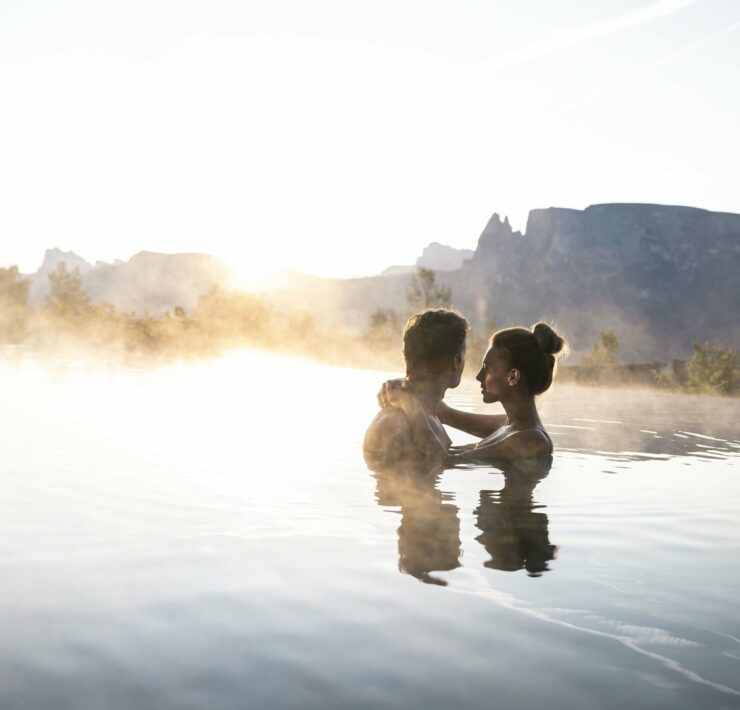Franciacorta wine is the result of nature and human's talent. In this case, Maurizio Zanella's talent of Ca' del Bosco.
The President of the Ca’ del Bosco winery has given life to a real enological renaissance. After 45 years with the Ca' del Bosco family property and the experience gained in the French cellars, Maurizio Zanella created a new form of craftsmanship thanks to his pioneering vision. Ca’ del Bosco Franciacorta wine, an outstanding wine recognized worldwide, resulted from high technological performance and the enhancement of the territory.
Ca Del Bosco Wines
Only a true avant-garde of the soul would bet on land, almost unaware of its real potential in viticulture. It was a successful bet, which profoundly changed the collective perception of Franciacorta in a short time as a territory now internationally famous, although young, for its winemaking tradition. After reading the history of the Ca’ del Bosco winery, one is immediately inspired to cross the bronze sun gate (sculpted by Arnaldo Pomodoro) to discover every secret and taste its excellent wines.
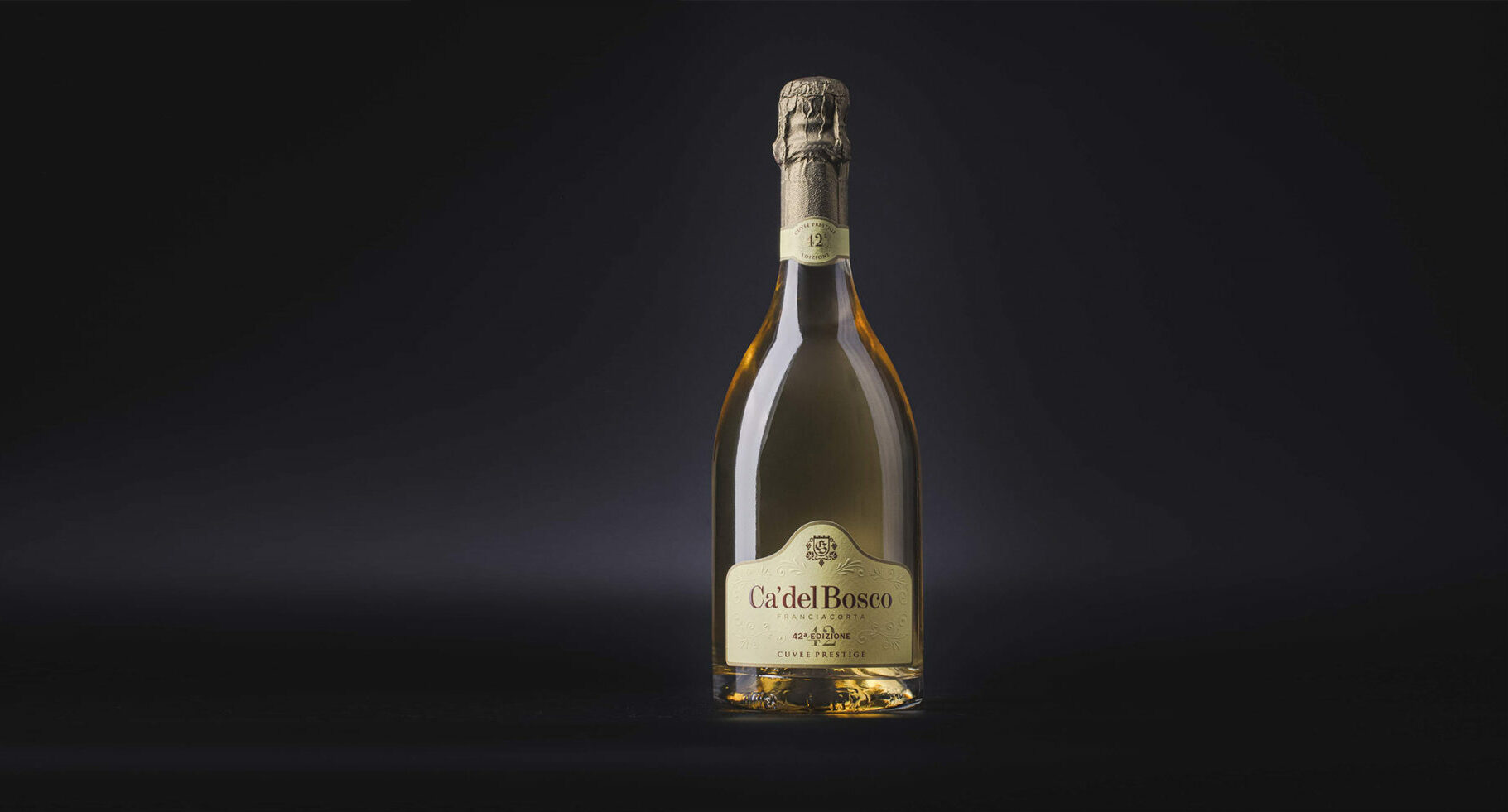
Mr. Zanella, your life has always revolved around the vineyard. What prompted your passion, which then became work and also a true philosophy of modern and sustainable enology?
Perhaps mine is a somewhat strange story, unique in the world of wine in Italy and worldwide. It is a story where luck has probably played a very particular role. Fortunately, the work necessary to obtain recognition typically takes several generations. Few companies get a result, a critical consensus, a market, and success.
In addition to my mother, who with unlimited patience supported my follies (that is why the most important wine is dedicated to her), Ca’ del Bosco would not exist without the good fortune of having met extraordinary people in my life.
One of these is Luigi Veronelli, an anarchist gastronome philosopher journalist, who changed the fate of Italian food and wine in the 1970s, pushing the entire sector to favour quality and not quantity. He took me under his wing and shaped my mind, making me very demanding in quality. He’s a real fundamentalist who does not accept compromises.
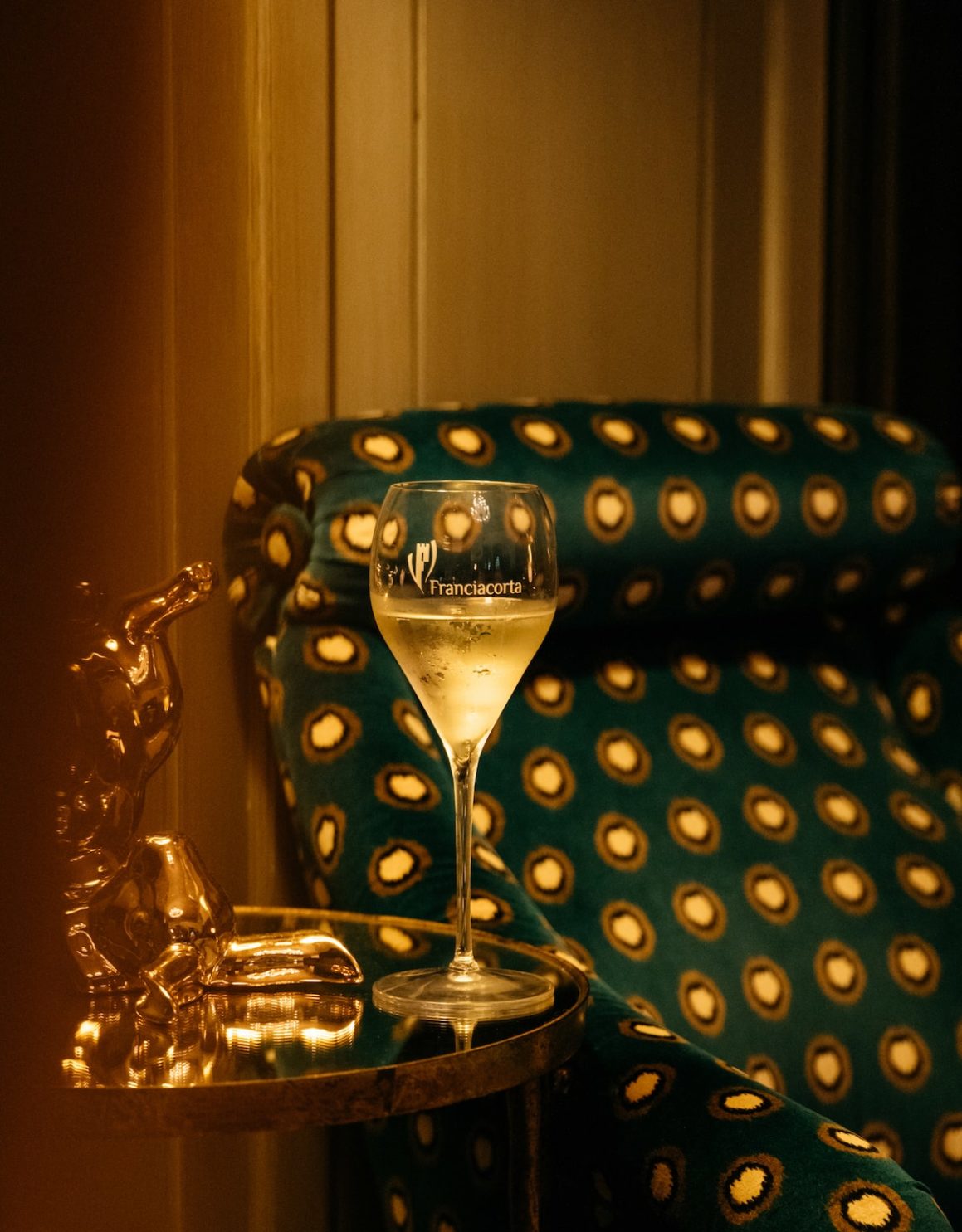
So, what led Franciacorta wine, which has a relatively recent wine history, to become the king of Italian fermented wines? How much work and care went into this excellence and what makes it different from other similar products on the market?
The territory is inextricably connected to the world of noble wines—noble, meaning a wine that isn’t ordinary or following marketing rules. The territory is the leading actor. Whoever transforms it is a humble enhancer of what nature already possesses. Franciacorta wine is a quality wine utterly linked to its territory, just like a Barolo or a Burgundy. It is the fermented wine with the strictest discipline in the world. We decided that the only way forward was to demonstrate, with facts, that we produce with a level of rigor superior to the rest of the world, and this effort is becoming fruitful after 30 years. We are a small area, we produce 18 million bottles a year compared to the 300 million bottles of the champagne giant, but we are different because we have an other character.
You must know that in the final phase of the Franciacorta wine production—and of all wines fermented in the bottle—the sediments must be eliminated and sugar added. In champagne, sugar ranges from 7 to 12 grams per litre. In Franciacorta wine, the average is 5 grams per litre. In Ca’ del Bosco it is 2 grams per litre. The lower altitude of our territory causes lower acidity, which allows us to add less sugar. Three of the eight Ca’ del Bosco Franciacorta wines have no added sugar. This demonstrates that our wines are beautiful without putting on lipstick!
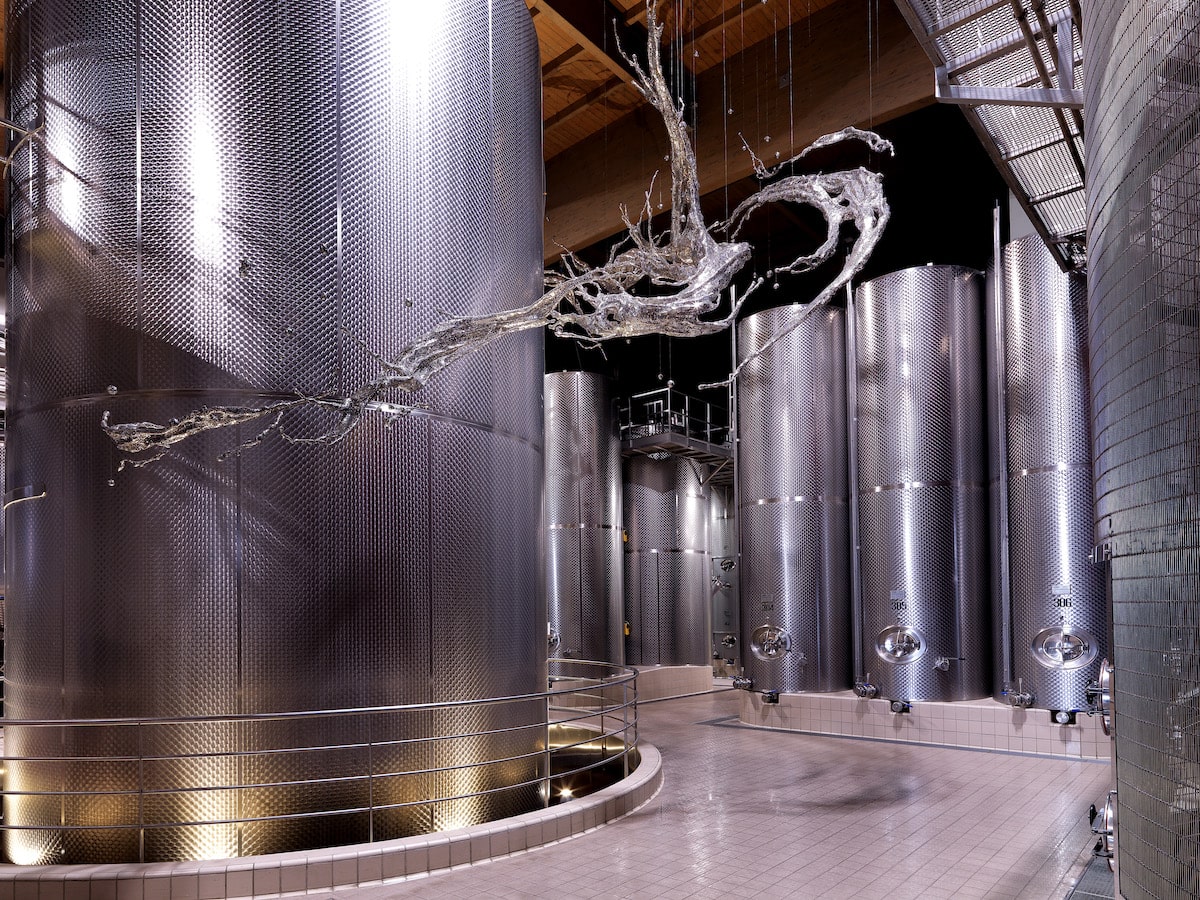
Ca’ del Bosco is not just Franciacorta wine and its varieties Prestige, Satèn, Brut, Dosage Zéro and Annamaria Clementi, but also white and red wines. Can you tell us about the red that bears your name?
Rosso Maurizio Zanella came out in 1981, thanks to a collaboration with the historic oenologist Solci, owner of the first wine shop in Italy. Franciacorta has red wine at its origin, so experiencing something different was exciting and allowed its taste to become known abroad. Winemaking is truly a skilful form of craftsmanship, a “romantic job.” Man’s hand must know how to wait decades for a vineyard, moving between merciless and generous seasons.
We have always had great masters alongside us who transmitted their knowledge. André Tchelistcheff, for example, is a legendary winemaker from Napa Valley, who helped us to make the first Chardonnay and the first Pinot Noir through his friendship. Monsieur Dubois, the historic chef de cave, took care of the Franciacortas wine fermented with a young American Brian Larky. This 65-year-old French master and this 32-year-old pioneer of technological enology gave birth to a real ”war of spirits,” which obtained grand quality.
Behind all these wines, there is technique and experience. That's why I'm talking about people rather than wines. The difficulty of this job is that we are farmers, evolved, but still farmers. We are not an industry, and our product is subordinate to nature, our principal shareholder. There is no budget, plans, or forecasts. The only one who decides is nature. One year, you lose 63% of the harvest, and then you make + 12% of the average of thirty years. The following year it rewards you, but you can't know anything beforehand.

The Arnaldo Pomodoro Gate introduces us to the art of winemaking but also to other forms of art. Where does this passion for contemporary art come from and why in the vineyard and its spaces? How are the works kept in the vineyard chosen?
I have always loved sculpture and modern art. Sculpture, in particular, is three-dimensional, just like the three sensations of wine: sight/smell / flavour. A painting was, therefore, not enough, as I wanted essential dimensions that could be displayed. And to point out that wine has evolved, I wanted to ally with the more cultured art world.
Nothing you see in Ca’ del Bosco was bought in galleries. Each piece is an interview, a quarrel, a provocation, almost a real courtship I have undergone for years with every artist to convince them to do a sure thing. Pomodoro, to whom I proposed cutting one of his sculptures in two so that it would open to make a gate, said: ”I don't make gates.” It took me years to convince him. Mitoraj, exhausted by my insistence after three years, has agreed to make a wonderful sculpture.
As for the photo book 11 Fotografi, 1 vino, (published by Skira and exhibited in Milan, Tokyo, and Paris), I told photographers: ” You can do whatever you want except photograph the labels and the writing.” I wanted it to be art and not advertising! Ca’ del Bosco is not a museum, but some pieces enhance the visit.
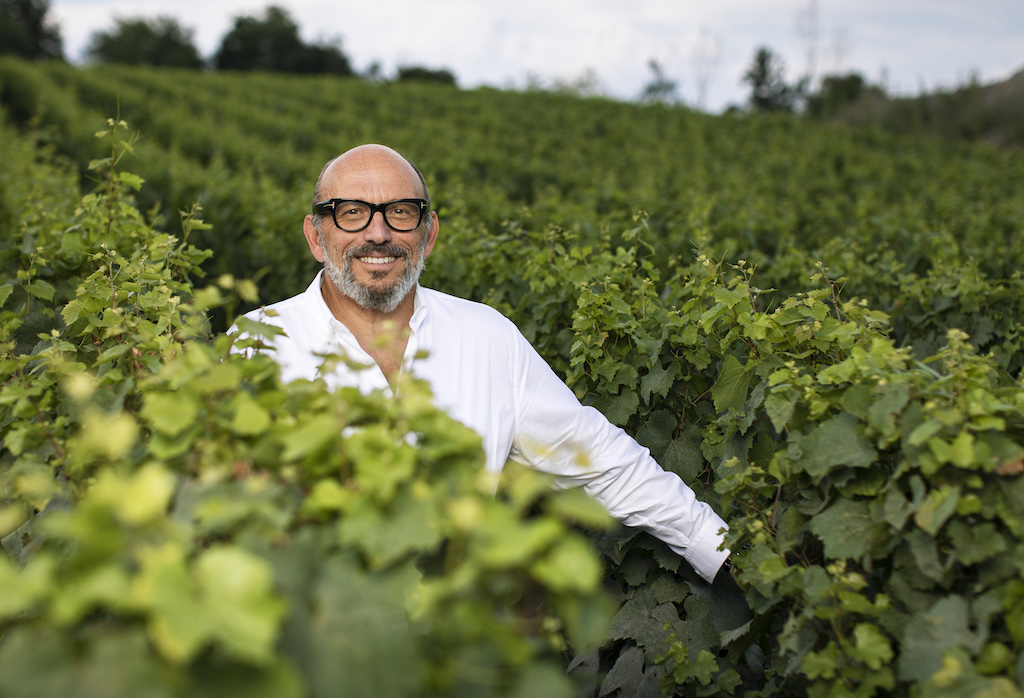
Based on your experience and knowledge of the area, what should the wine sector focus on to remain competitive in a complex moment like the current one?
We must focus on the territory, which, fortunately for us, has a size limit that always makes us a niche. Franciacorta wine will perhaps increase from 18 million bottles to 25-30 million bottles in 10–15 years through planting in the still-suitable areas. While everyone sees size as a limit, it is an opportunity for me. It is an advantage. It allows us to take care of the product better and obtain excellent quality while positioning it appropriately, enhancing it and allowing it to be purchased without becoming an ordinary wine found anywhere. Franciacorta wine will always be a gem.
Wines of Ca Del Bosco
We are a strong team but do not create new products through marketing ideas. We try to enhance our product. In 2022, we will celebrate 50 years of production. The first bottle with the Ca’ del Bosco label went worldwide in 1972. When our wine is good, it can improve as it matures. The noble wine does not age. It matures. And I try to follow the wine. However daring that may be. I try to grow and not age.
Read More:
Interview: Raffaele Castelli, Cristina Agnelli
Words: Cristina Agnelli
Photos: Ca' del Bosco
Last Updated on March 16, 2024 by Editorial Team
A skilled writer from Italy with extensive experience. She has dedicated many years to Armani Casa and Armani Hotel and specialises in the design and hotels section. Cristina's wealth of knowledge adds a touch of expertise and elegance to her work in these realms.






